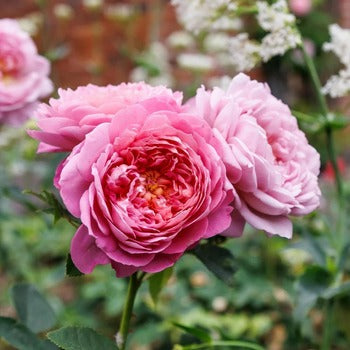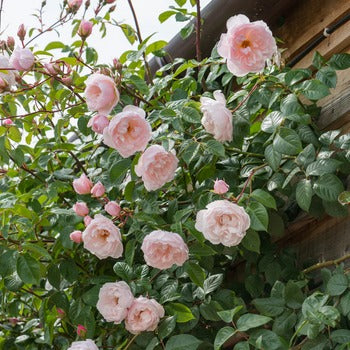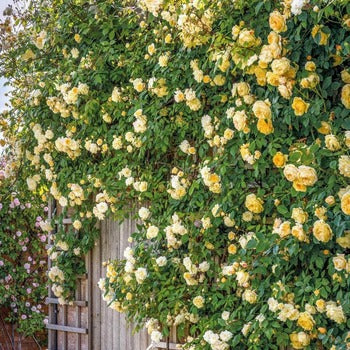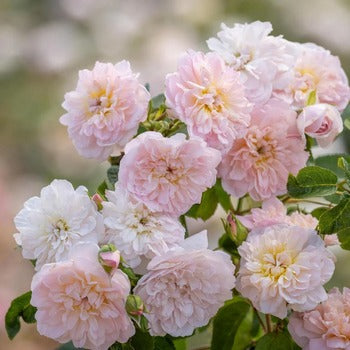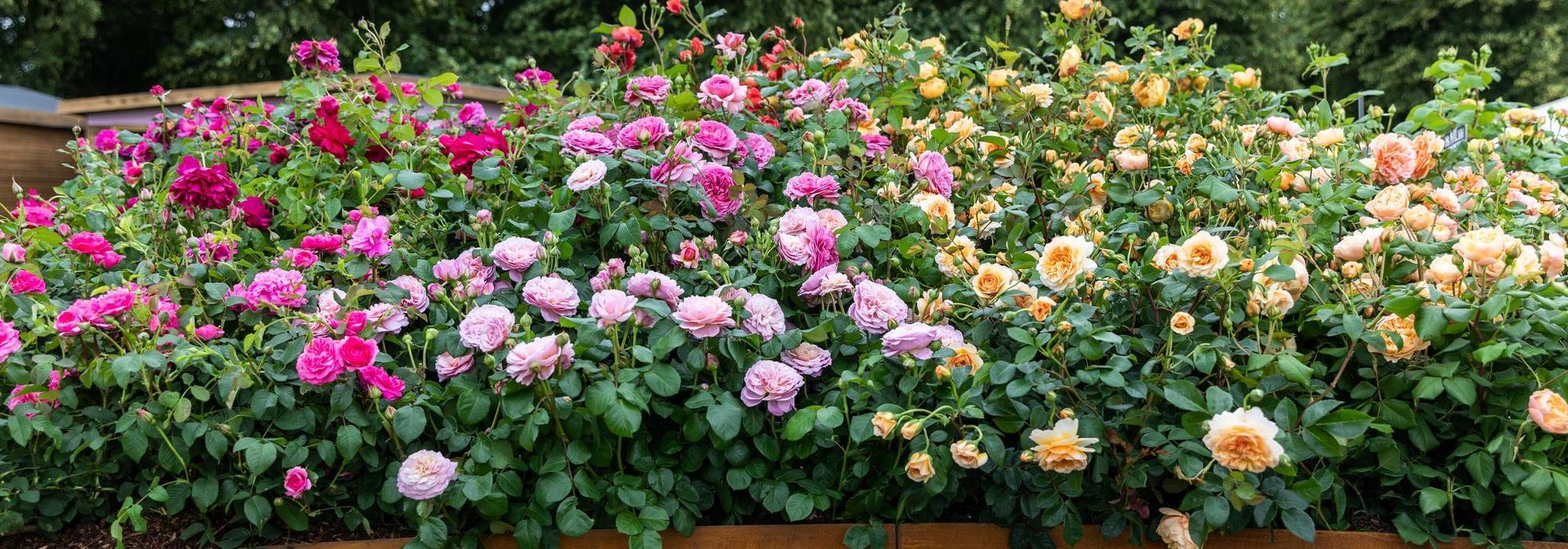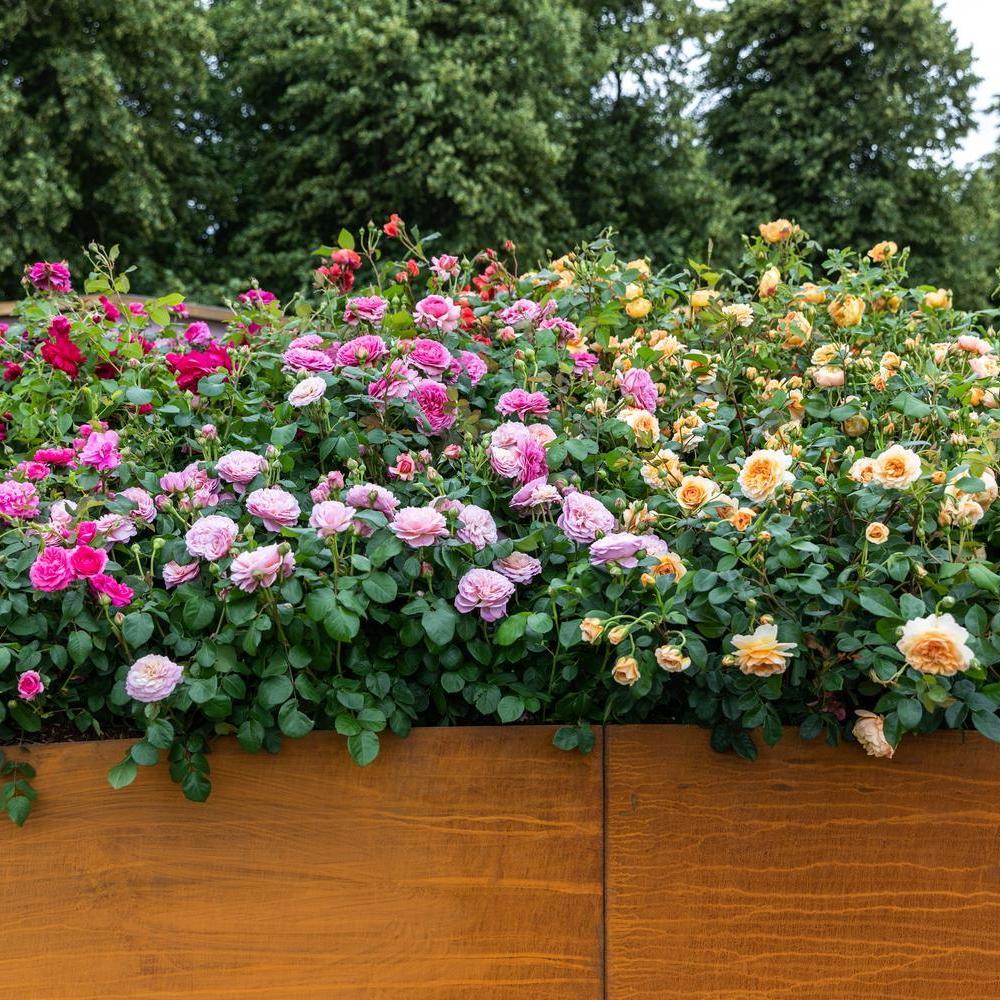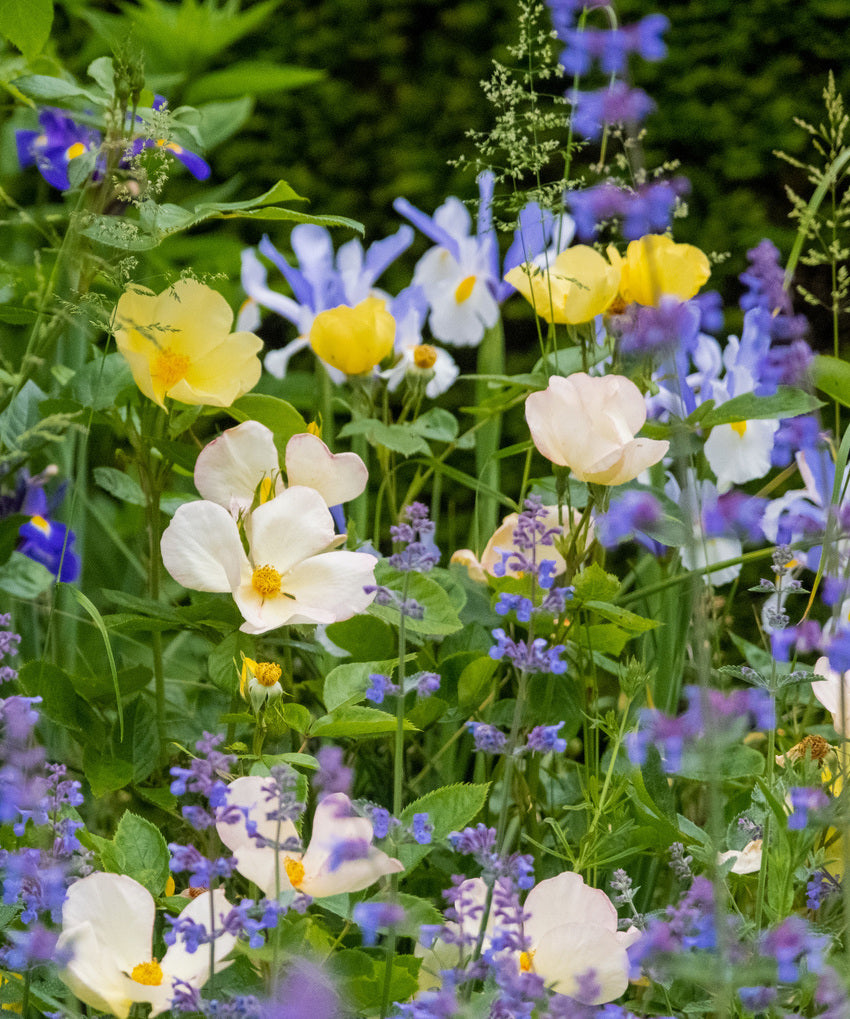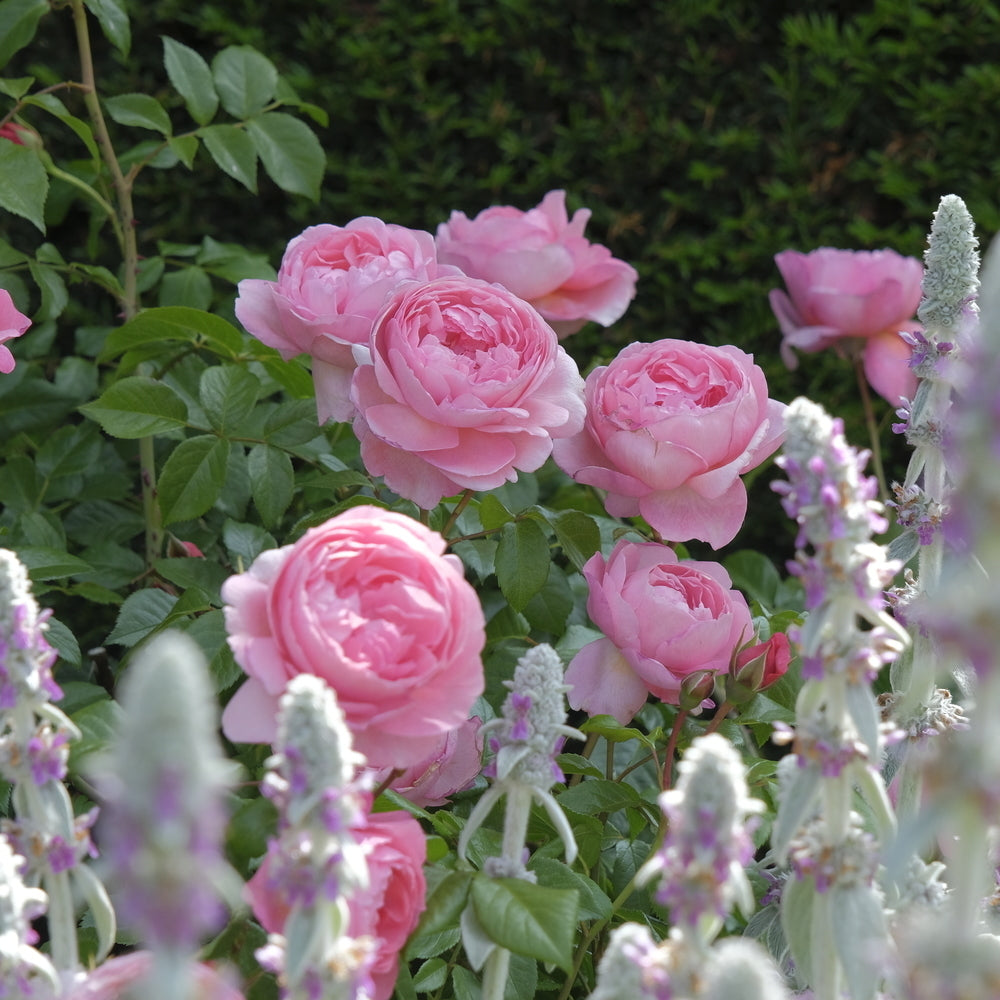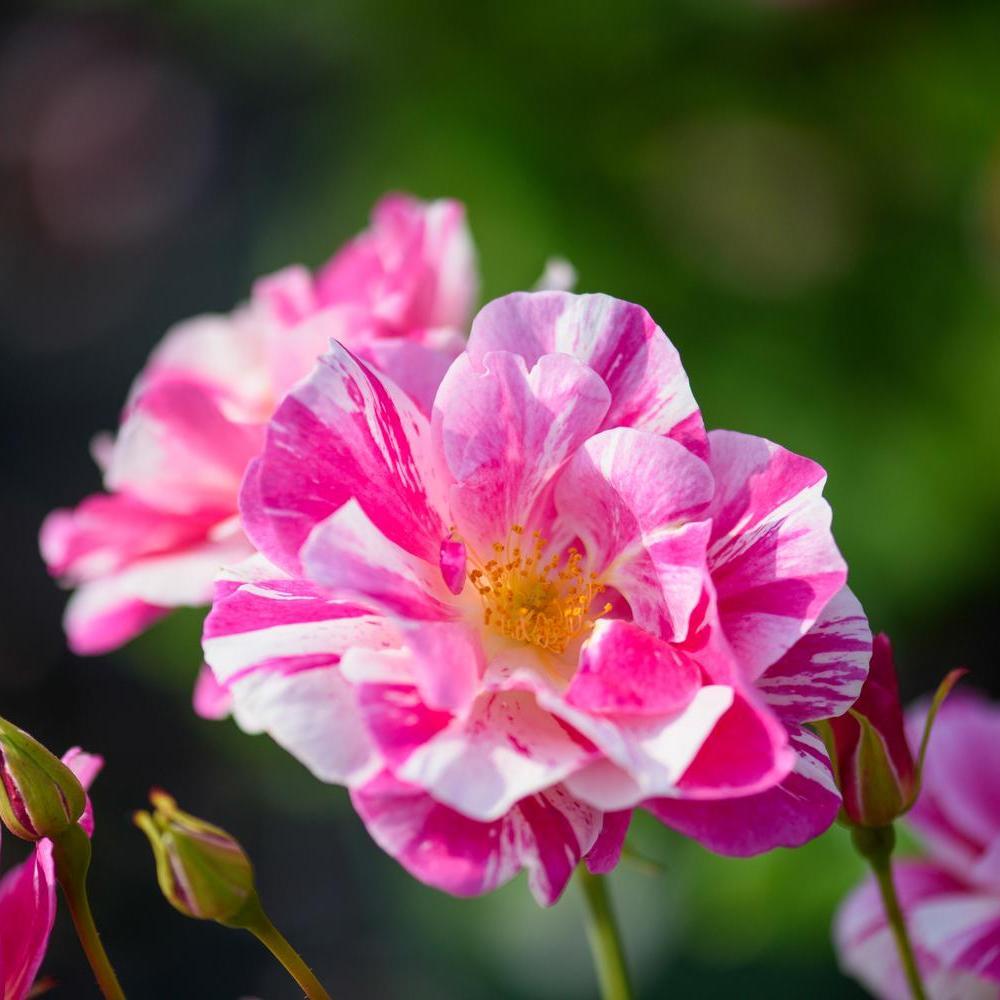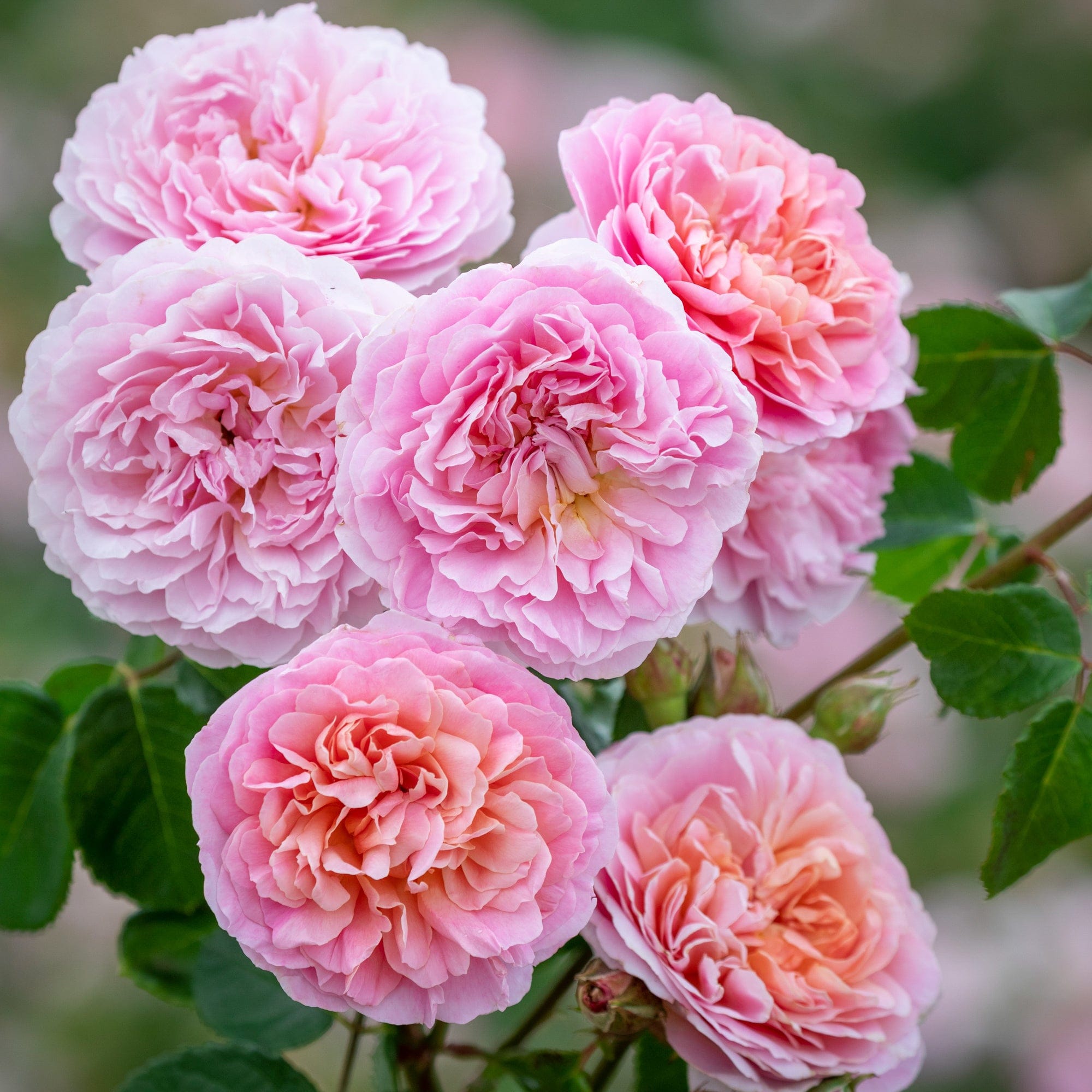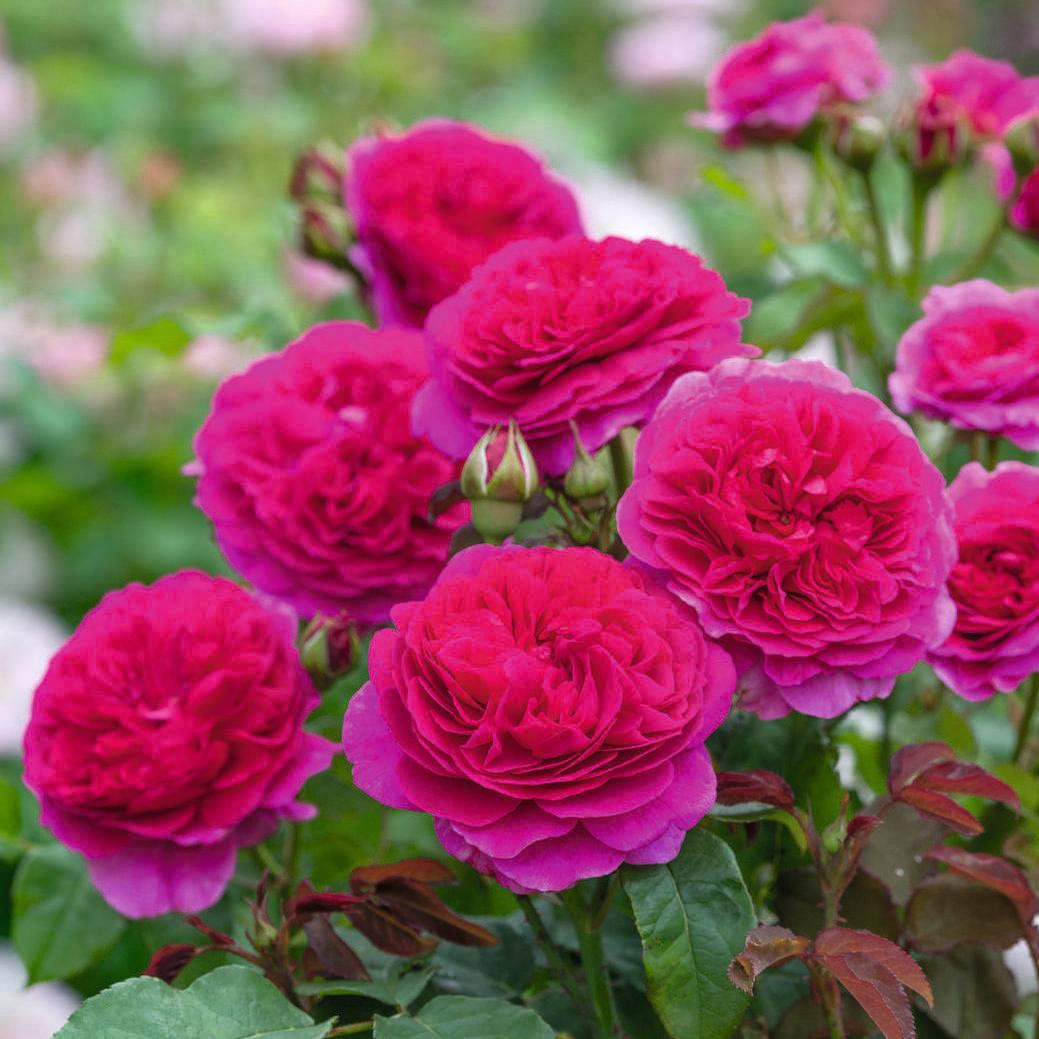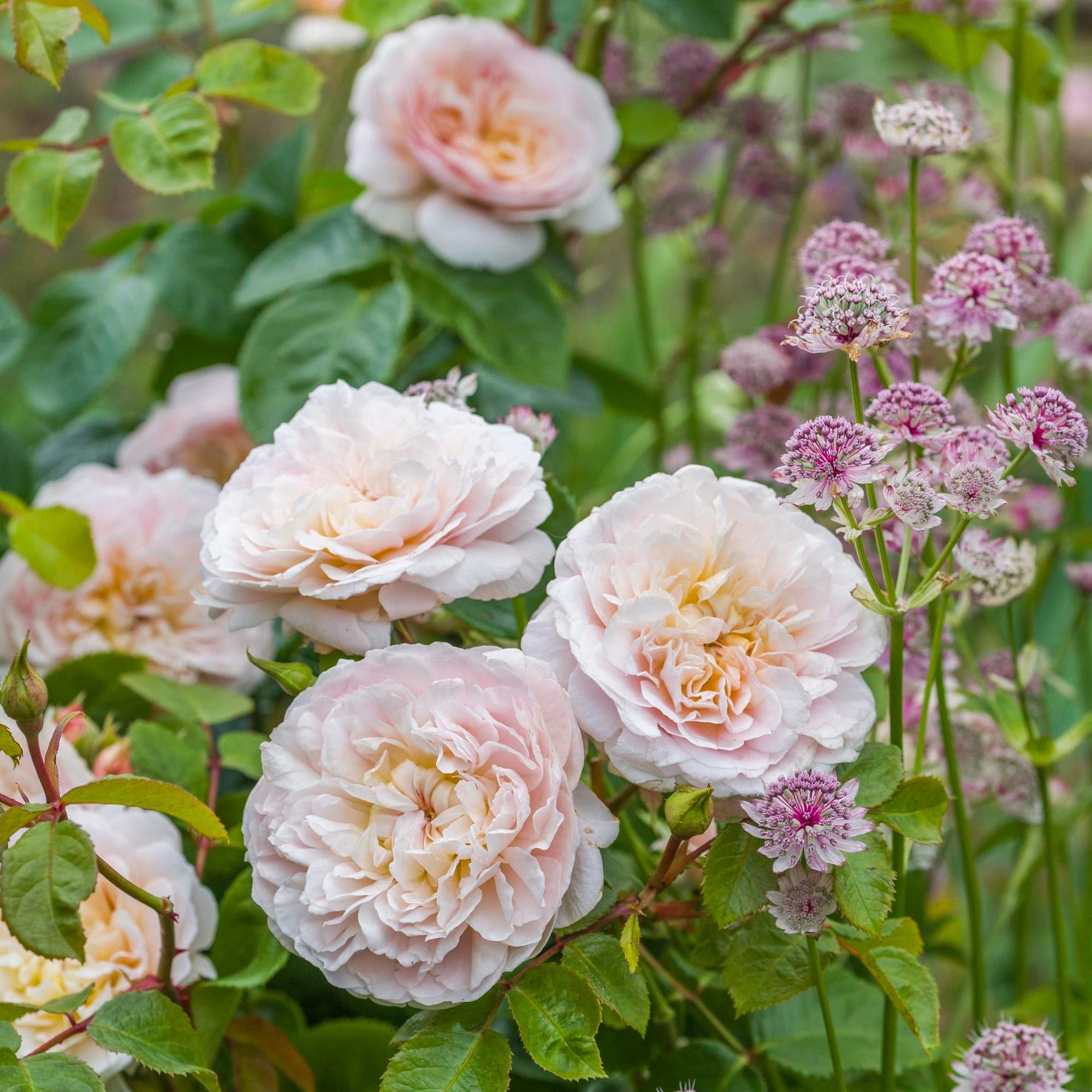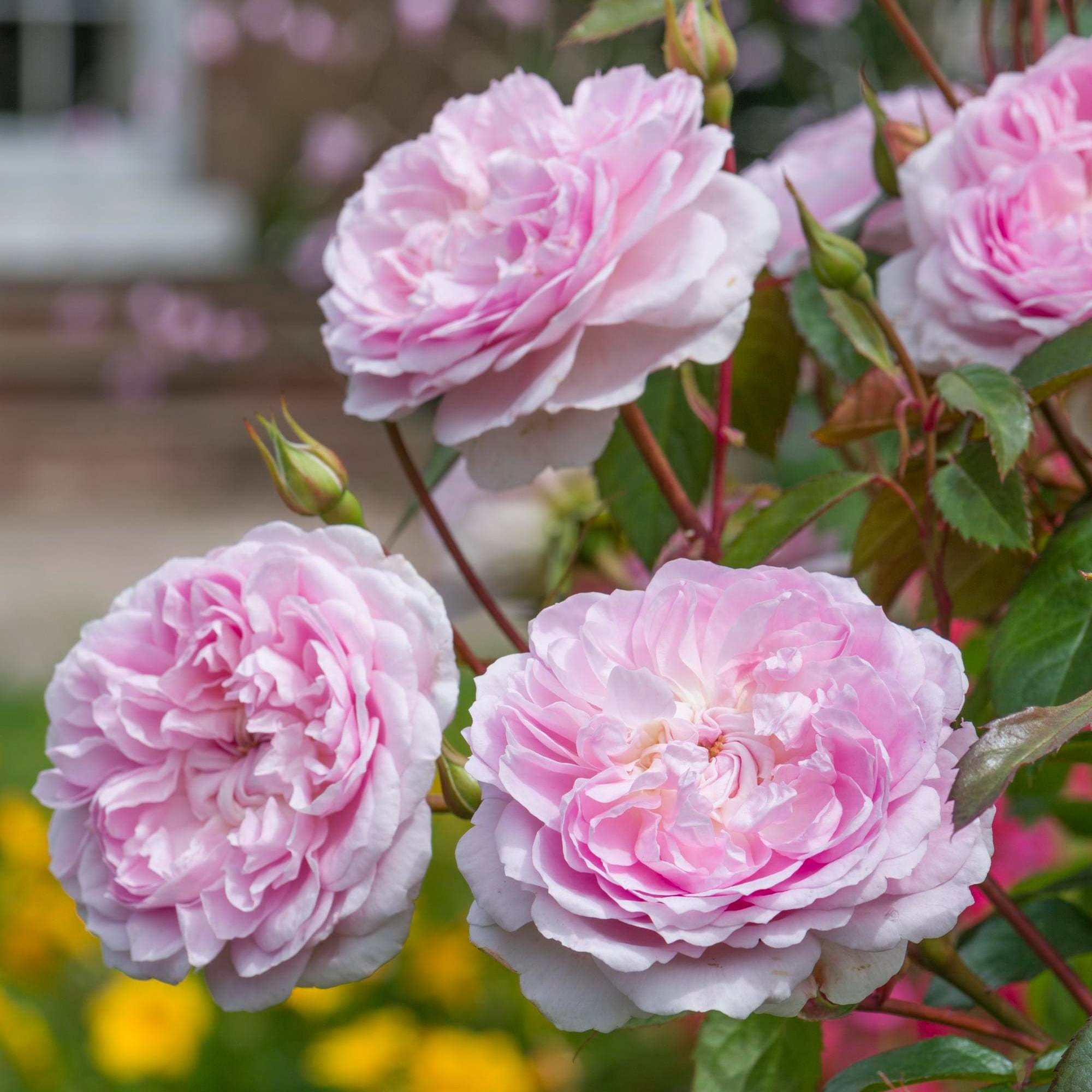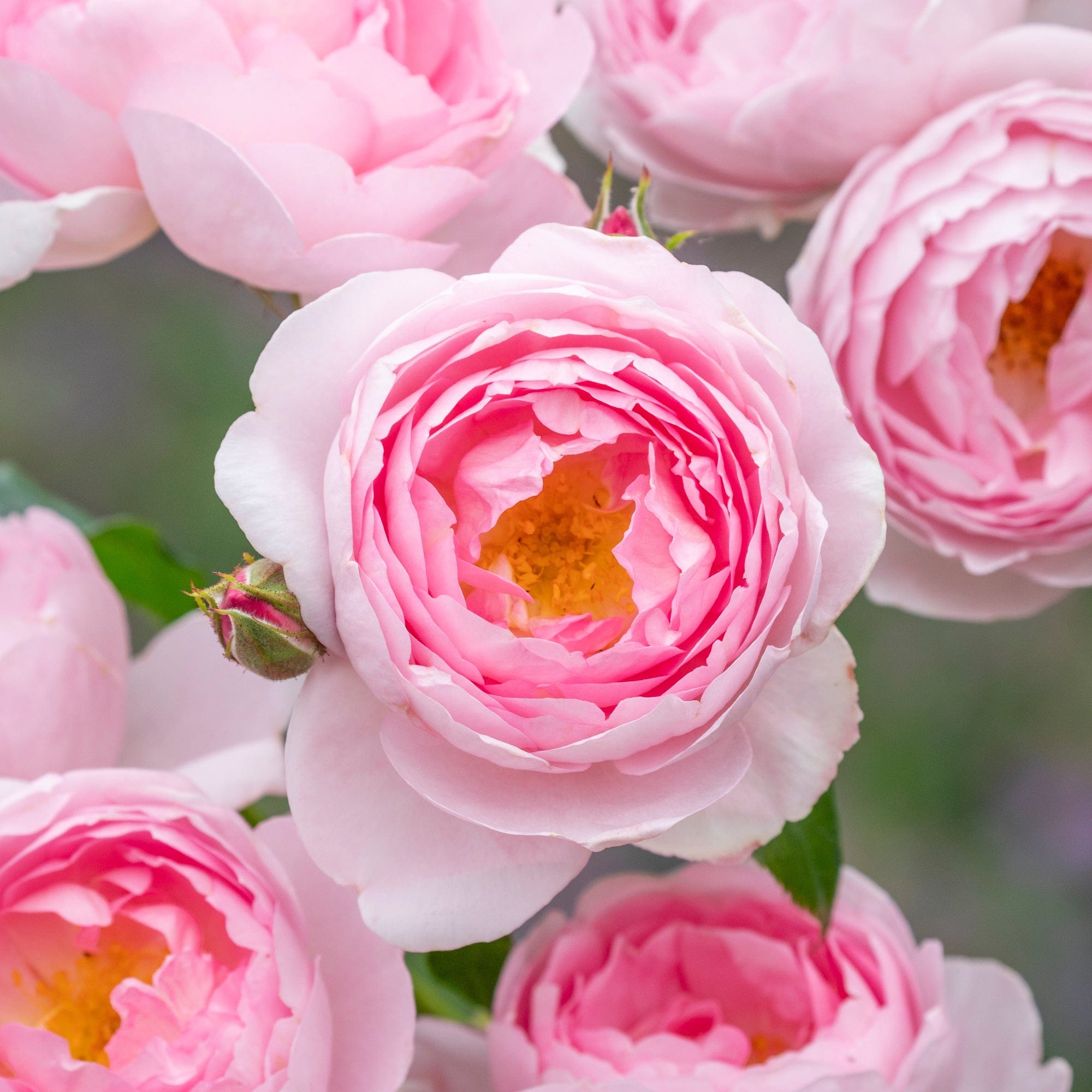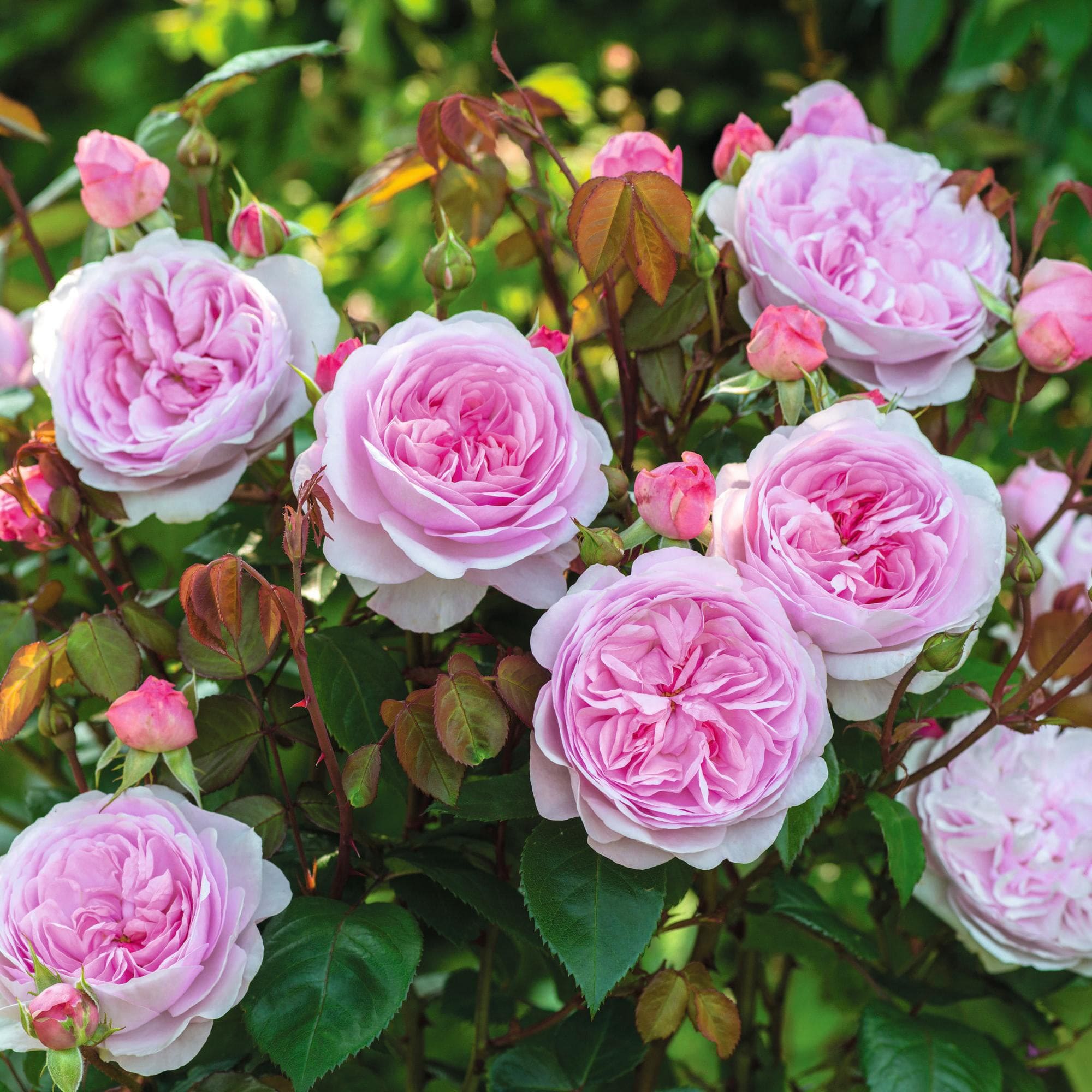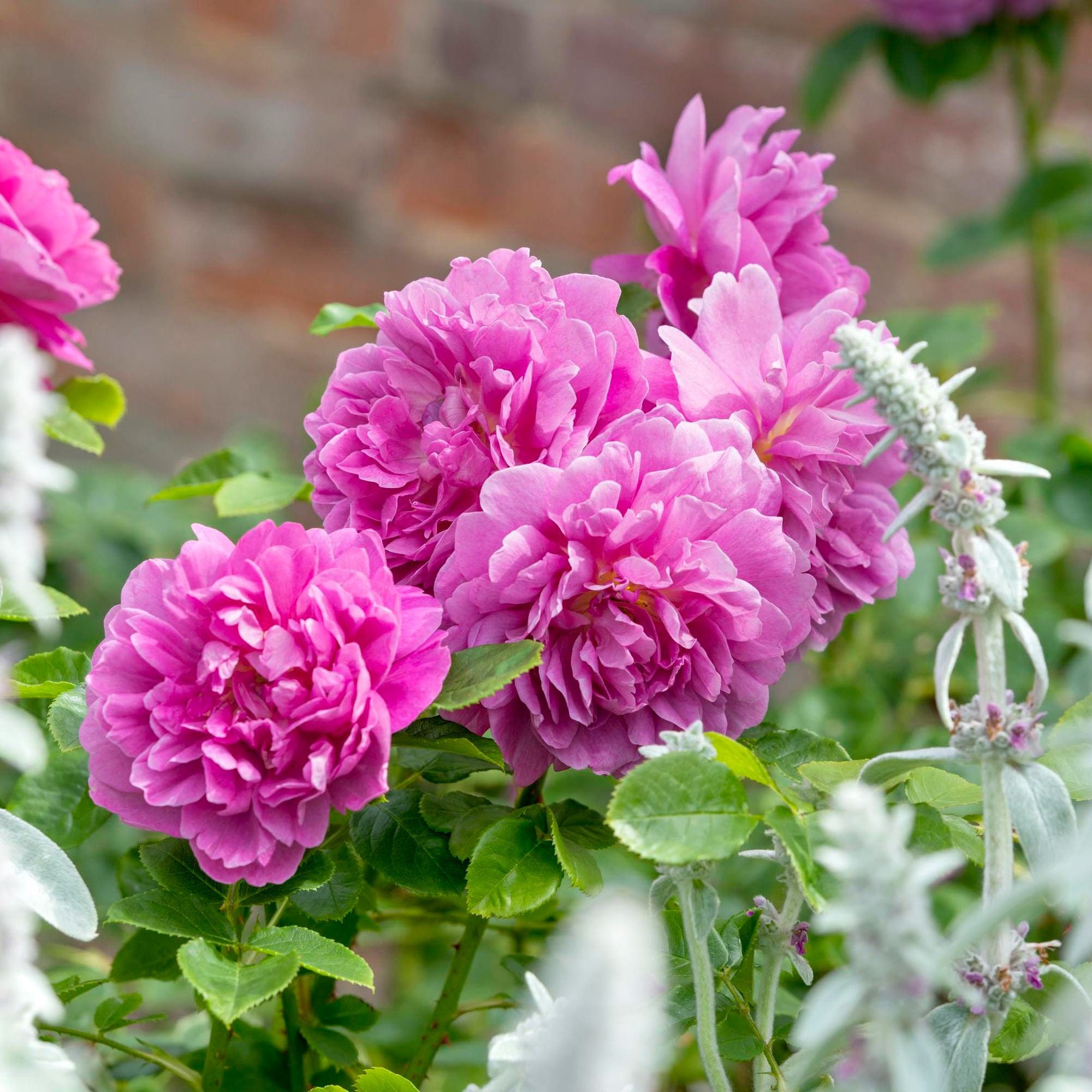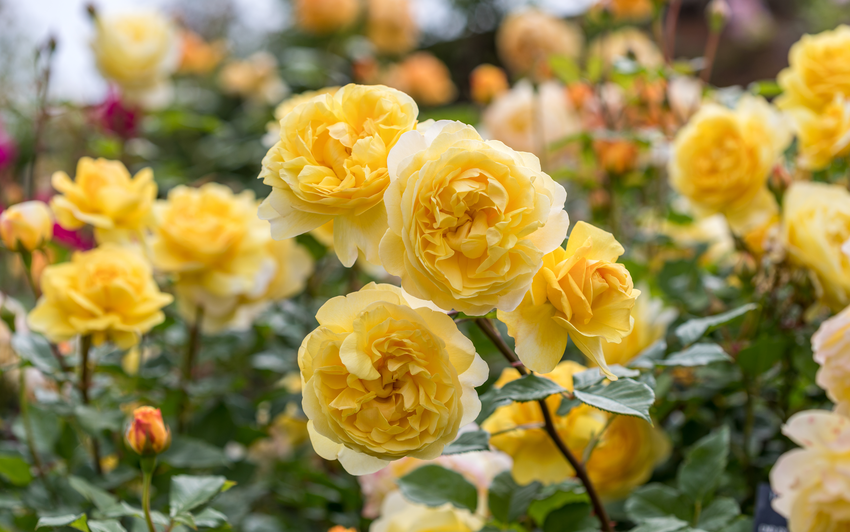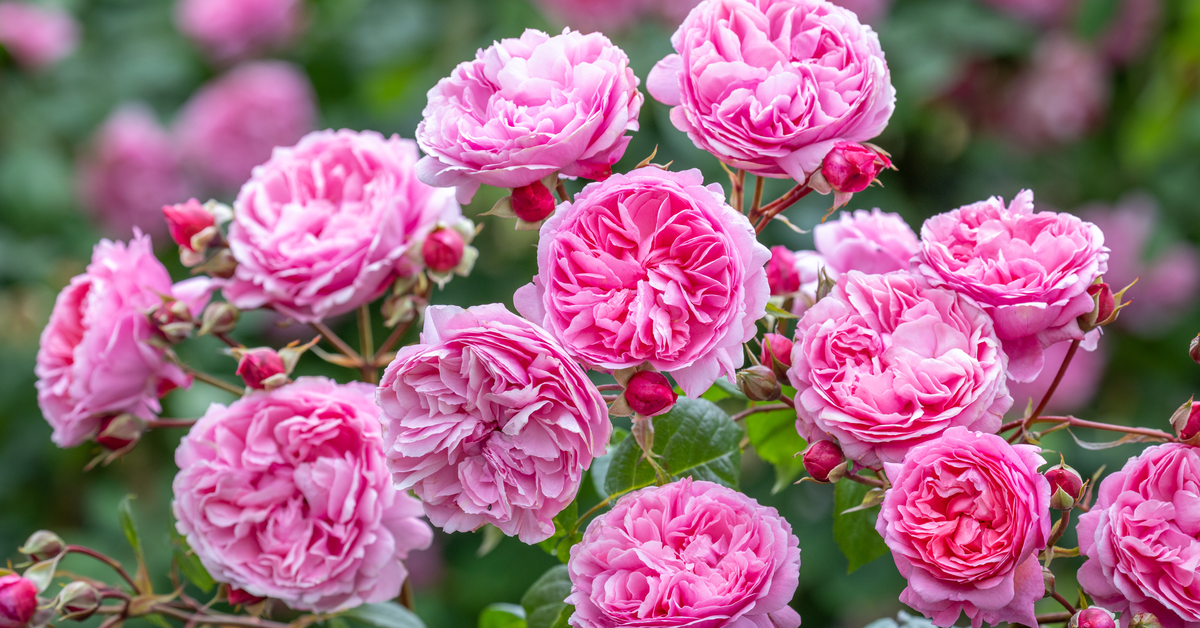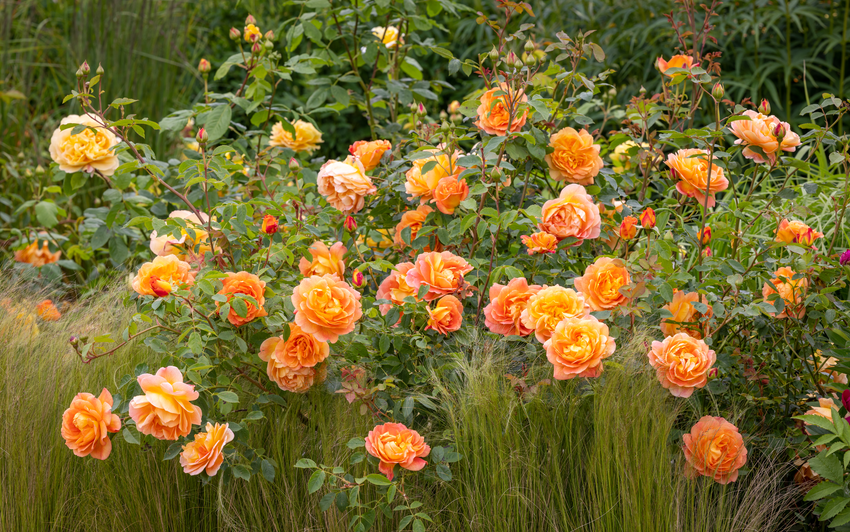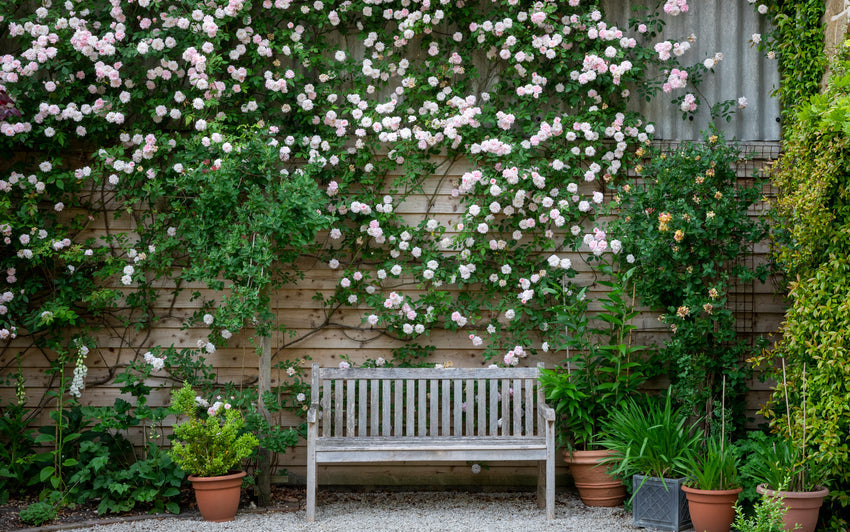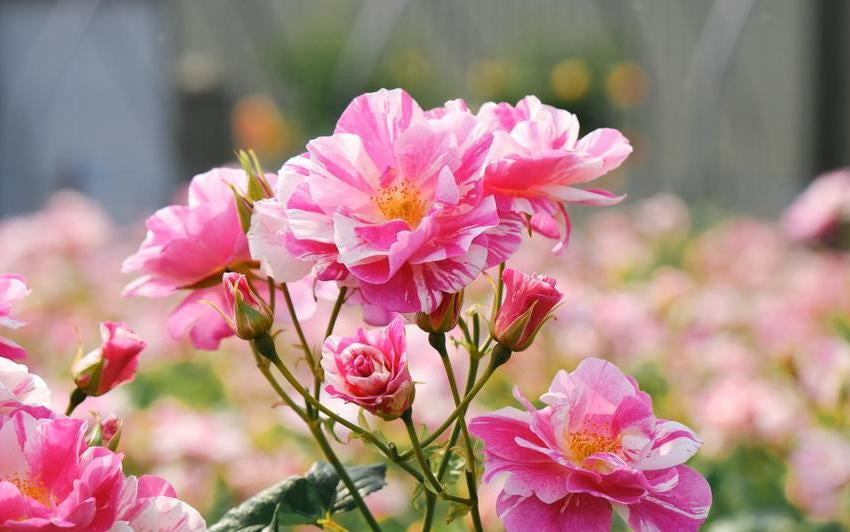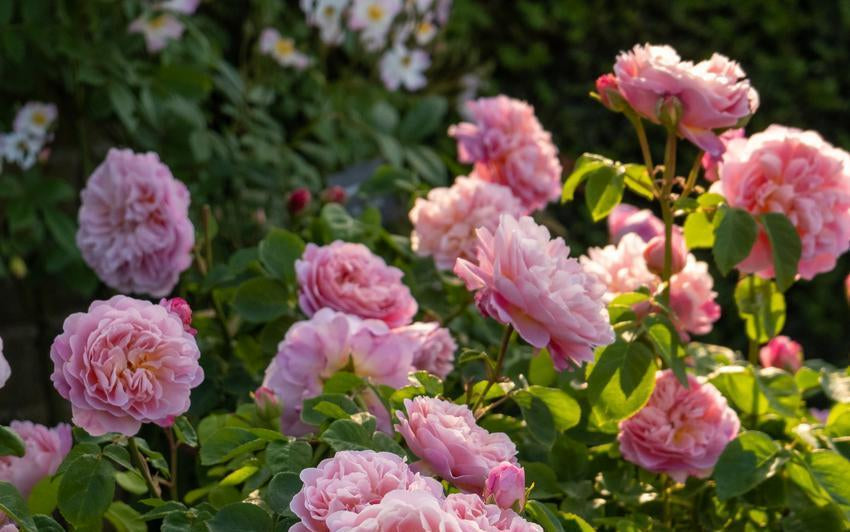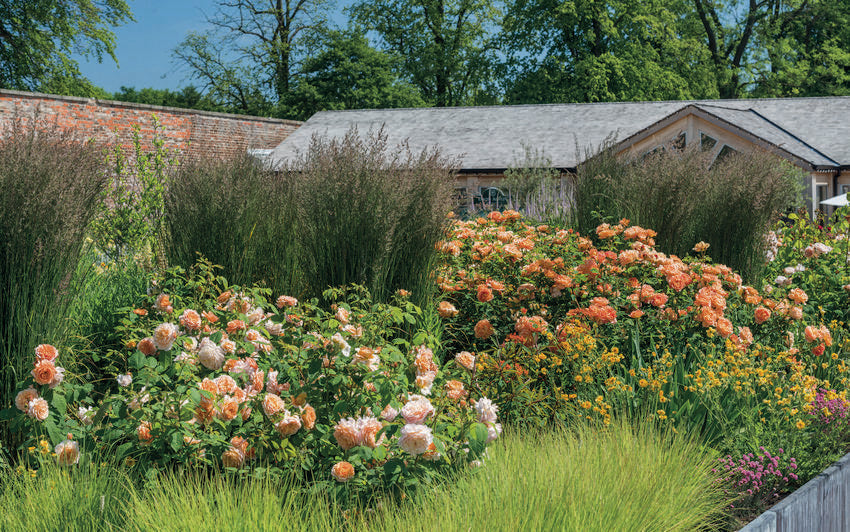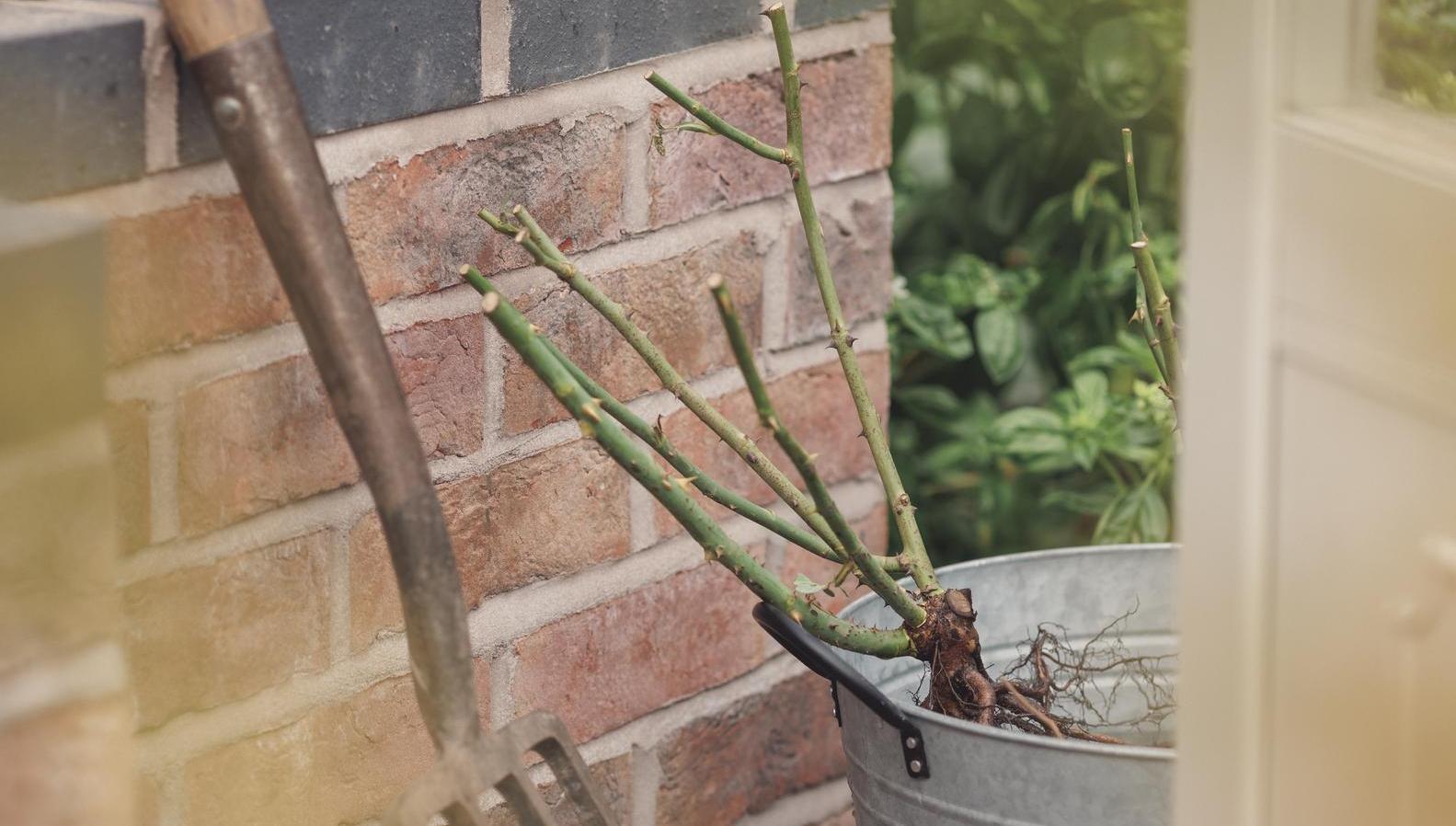A garden is more than just a collection of plants – it’s a living, breathing space that reflects your personality and creativity. One of the most powerful ways to shape your garden’s atmosphere is through colour. By understanding how colours work together, you can create a garden that not only looks visually appealing but also evokes the right mood, enhances the plants’ beauty, and offers a harmonious environment to enjoy.
Understanding the Colour Wheel in Gardening
In gardening, the colour wheel can serve as a helpful guide to creating balanced, eye-catching spaces. The colour wheel is divided into three main categories:
Primary colours: Red, yellow, and blue
Secondary colours: Green, orange, and purple (formed by mixing primary colours)
Tertiary colours: Blends of primary and secondary hues.
By choosing plants in these colour groups, you can create visual harmony or striking contrasts that add dimension and energy to your garden.
Complementary Colours for Bold Statements
Complementary colours sit opposite each other on the colour wheel and create strong contrasts. This combination draws attention and highlights focal points in your garden.
Style Tips for English Roses:
Partner orange roses with deep purple companion plants to create a bold contrast. The vibrant orange will be enhanced by the rich purple, making the roses stand out.
Plant your complementary roses near trellises or archways for a striking visual display. This positioning allows the contrast between the colours to be fully appreciated, drawing attention to key areas of your garden.
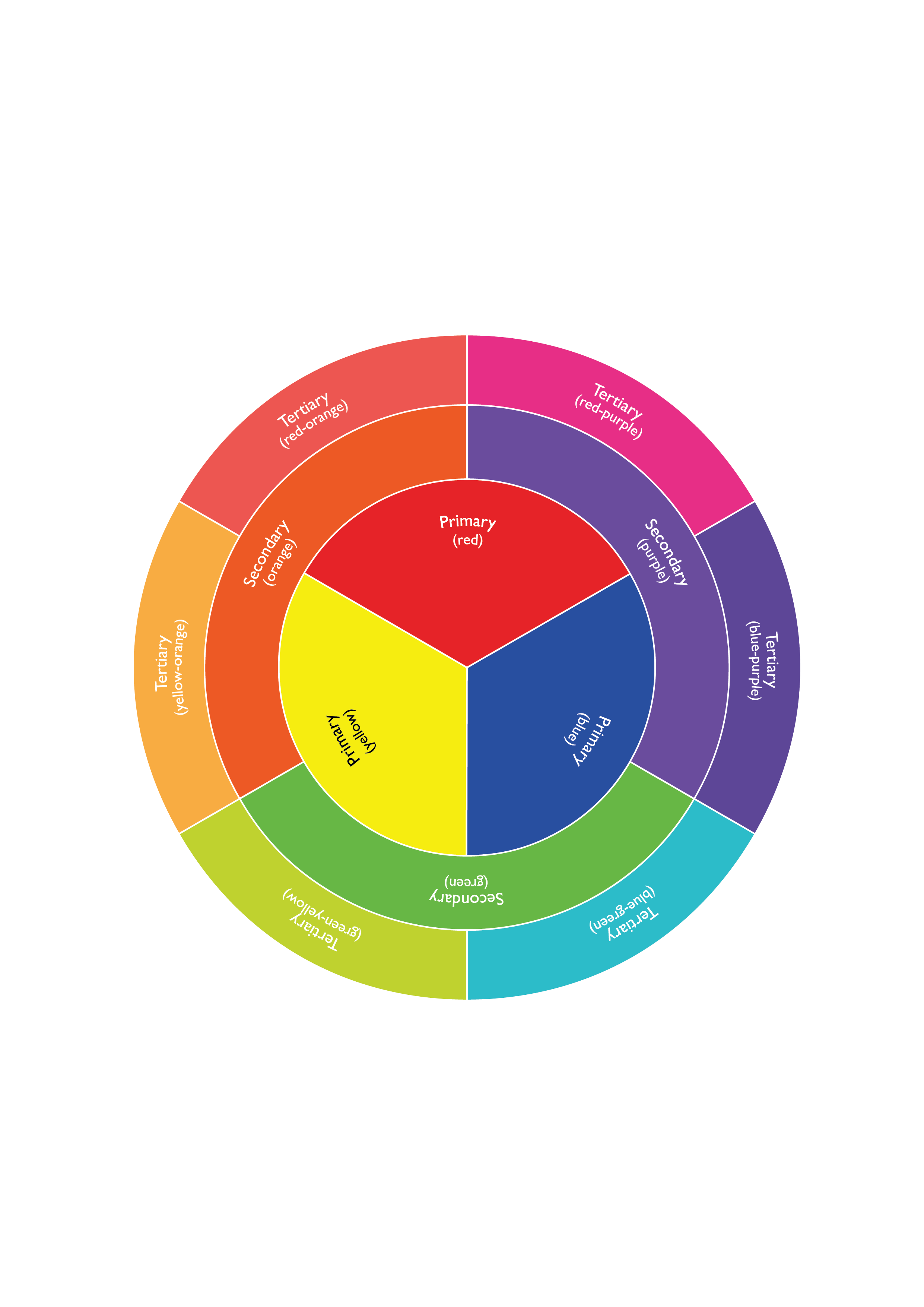
Analogous Colours for a Harmonious Feel
Analogous colours sit next to each other on the colour wheel and blend together seamlessly. Using shades that are close in hue creates a calm, cohesive look in the garden.
Style Tips for English Roses:
Combine soft pinks with peachy hues for a warm, inviting garden space. These colours create a peaceful atmosphere, perfect for relaxing by a garden bench or seating area.
If you prefer a cooler tone, mix blue-toned pink roses with pale greens for a calming, elegant effect. These colours are ideal for creating a secluded space or near garden paths.
Triadic Colours for Energy and Balance
Triadic colour schemes involve three colours evenly spaced on the colour wheel. This method adds vibrancy while maintaining balance, perfect for a garden that feels lively yet well-organised.
Style Tips for English Roses:
Yellow roses, planted with red and blue companion plants, create a garden bursting with energy. Pairing these roses with potted plants, raised beds, or a garden archway can enhance the colour scheme and add vibrancy.
This is ideal for cottage-style gardens, where you can blend English roses with perennials for a playful, joyful effect.
Monochromatic Colours for Subtle Elegance
A monochromatic colour scheme uses different shades, tints, or tones of a single colour. This style is perfect for creating a unified garden look.
Style Tips for English Roses:
A garden full of blush and soft pink roses can create an elegant, understated look. Use flower beds or border plants in the same colour palette to enhance the effect.
You can create depth by using deeper shades of pink for the backdrop, with lighter pinks and creams in the foreground. This is especially effective in flower borders or smaller spaces where subtlety is key.
Warm vs Cool Colours in the Garden
Colour temperature plays a significant role in shaping the feel of your garden. Warm colours (reds, oranges, yellows) evoke energy and warmth, making areas feel more inviting and intimate. They are perfect for brightening up a sunny spot or drawing attention to a focal point like a flower bed or garden statue.
Cool colours (blues, greens, purples), on the other hand, create a calming, peaceful environment. These colours are ideal for shaded areas or spaces where you want to relax and unwind. Using a combination of both warm and cool tones helps balance the space and adds depth.
Style Tips for English Roses:
Warm-coloured roses like yellow or apricot can bring warmth to sunny areas. These vibrant hues will fill your garden with warmth and light. Use them in flower beds or container planting for a welcoming atmosphere.
For a cooler, more tranquil feel, pair blue-toned pink roses with cool greens and lavender. These can be planted along garden paths, near seating areas, or in shaded corners to create a peaceful environment.
Plan for the seasons: Select a mix of roses and companion plants that offer colourful blooms throughout the year, ensuring your garden looks lively no matter the season.
Create depth: Use warm colours at the front of your garden beds to draw attention, while cool colours towards the back will make the space feel larger and more layered.
Focus on focal points: Choose bold colours for key features in your garden, such as a vibrant rose bush or a striking plant arrangement. Pathways, garden furniture, or even a garden gate can serve as excellent focal points.
Consider light conditions: Sunlight enhances warm colours, so plant them in sun-drenched spots. Shaded areas benefit from cool colours, which help soften the light and create a more relaxed environment.

